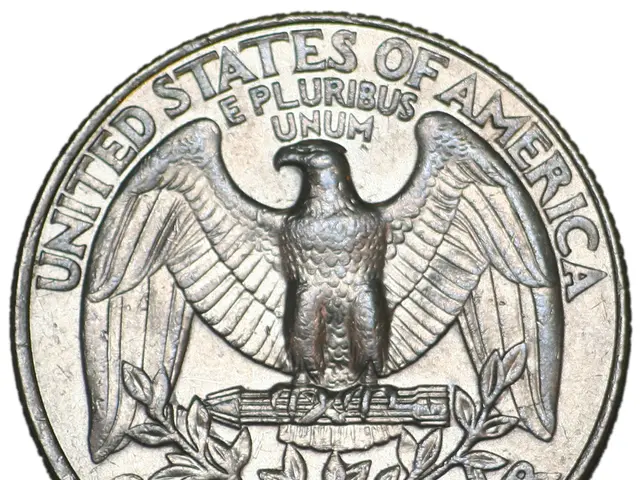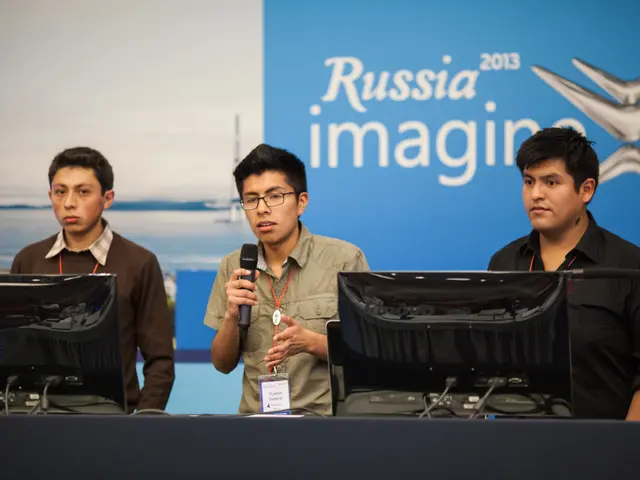Interstellar Object: Oumuamua's Extraterrestrial Mystery
In the vast expanse of our solar system, an intriguing object named Oumuamua made a brief but significant appearance. This interstellar object, the first of its kind to pass through our system, was discovered on October 19, 2017, by the Pan-STARRS (Panoramic Survey Telescope and Rapid Response System) telescopes, located on the summit of Haleakala on the island of Maui in Hawaii.
Oumuamua followed a hyperbolic trajectory, suggesting it originated from beyond our solar system. Its path indicated that it came from the direction of Vega, a star in the constellation Lyra. The object is estimated to be about 800 meters long and 80 meters wide.
The unusual shape and properties of Oumuamua have led to much speculation. Some, like Harvard astronomer Avi Loeb, have suggested that it could be an alien spacecraft. However, others, such as astronomer Chris Impey and Karen Meech, an astronomer at the University of Hawaii, argue that it is a natural object with a unique composition. Ethan Siegel, a theoretical astrophysicist, supports this view, explaining that its unusual properties can be attributed to natural phenomena, such as outgassing.
Alan Fitzsimmons, an astronomer at Queen's University Belfast, has also studied Oumuamua and concludes that there is no evidence to support the idea that it is an alien spacecraft.
The Galileo Project, initiated by Avi Loeb in 2021, aims to systematically search for signs of extraterrestrial technological civilizations. The project primarily involves Loeb himself, although specific details on other researchers involved are not widely available. The project adopts a scientifically rigorous and transparent approach in its search.
In January 2024, Avi Loeb discussed Unidentified Anomalous Phenomena (UAPs) on GB News America with Patrick Christys. His work with the Galileo Project and his theories about Oumuamua were central to the discussion.
Despite numerous studies and discussions, Oumuamua is now too far away to be observed by our telescopes. Its brief visit has left us with more questions than answers, but it has undoubtedly sparked a renewed interest in the search for extraterrestrial life.








